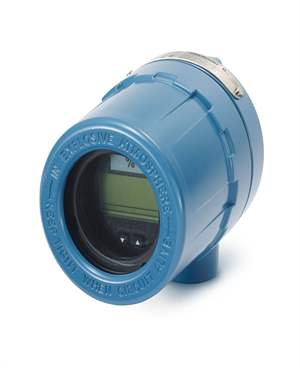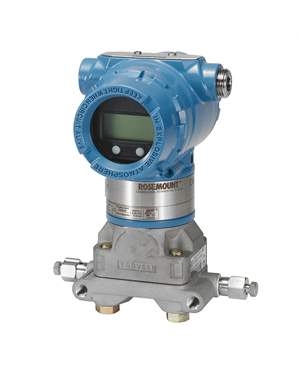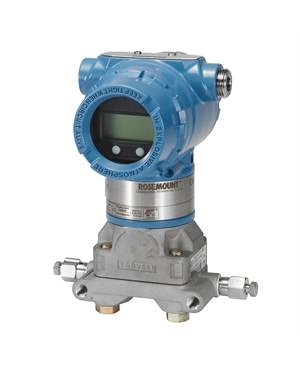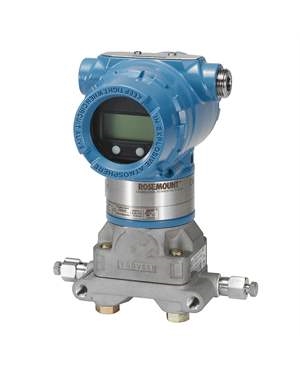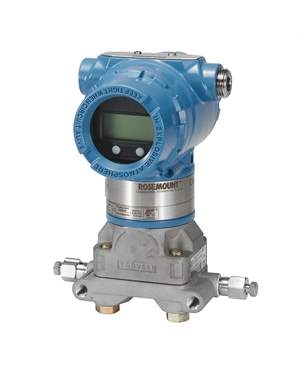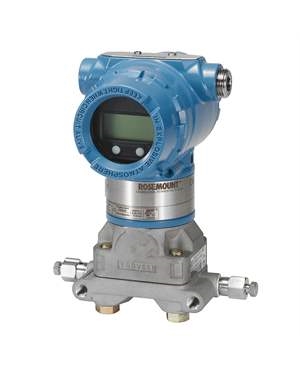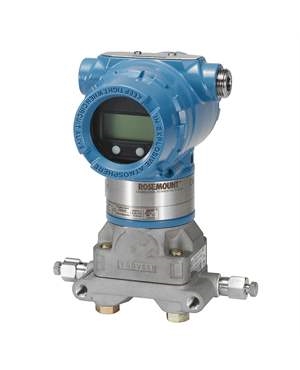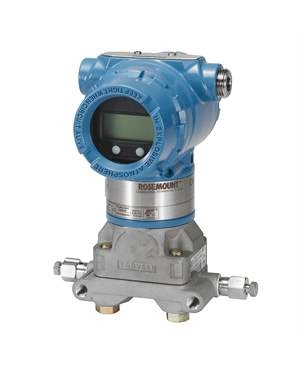Types of Level Measurement Transmitters & How Do They Work?
Brian Craig
March 07, 2024
As the name suggests, a level measurement transmitter is an instrument providing continuous level measurement. It can be used to determine the level of liquid or bulk-solid at a particular time. Levels of media such as water, viscous fluids, and fuels, or dry media such as bulk solids and powders can be measured using the transmitter.
Level measurement transmitter are used in a myriad of applications that require level measurement within containers or tanks. These transmitters often find their application in material handling, food and beverage, power, chemical, and water treatment industries.
Working Principle of Level Transmitters
The working principle of level transmitters mentioned above varies according to their underlying principle. For instance, capacitance level transmitters operate through a capacitor, hydrostatic level transmitters depend on the pressure of a fluid in a storage container for level measurement, while ultrasonic level transmitters convert the distance travelled by an ultrasonic wave to determine the level, and so on. However, all these level transmitters measure the level in either of the three ways:
- The weight of the fluid
- The pressure head of the fluid
- The position of the fluid in a container
If you look closely, all the pressure transmitters covered in this post take into account either of the three factors to give an appropriate measurement. Level measurements are classified into two types– direct and indirect level measurements or performed by contact or non-contact transmitters. Direct level measurements are considered ideal for small level changes, which are observed in various industrial tanks. However, most level transmitters are designed for indirect level measurements as they are sensitive and designed for too high or too low level measurements, where direct measurement becomes difficult. Ultrasonic level transmitters can be availed in contact- or non-contact configurations.
Types of Level Transmitters:
Level measurement transmitters are of seven types. Each type of transmitter works in a different way, and makes it useful for different types of processes.
- Capacitance Level Transmitters
These transmitters use liquid stored in a tank or container as a dielectric medium between two or more electrodes. The energy capacity of the capacitor circuit increases when there is more liquid, and decreases if there is less liquid. By measuring the variations in the capacitance value, capacitance level transmitters can calculate the current fill level of the tank or container.
- Hydrostatic Level Transmitters
Also known as pressure level transmitters, these transmitters help in determining fluid contents of a container by measuring the pressure of resting body of the fluid within it. The greater the force of liquid, the greater the volume of fluid.
- Magnetic Level Transmitters
These transmitters use a magnetic object, which is suspended in a buoyant float. This is usually in a narrow auxiliary column, to restrict lateral movements of the float. While the float is on top of the liquid, the movement of the float is measured by a different magnetic device. This allows a precise and stable fill level to be transmitted. This method is suitable for continuous measurement owing to the tendency of the float to rise or sink based on the liquid level.
- Radar Fill Level Transmitters
These transmitters work on the principle of a radar by using radio wave emissions. These transmitters are normally mounted at the top of a tank filled with a liquid. The transmitter sends a radar signal into the liquid, and receives a reflection of the signal. The transmitters then analyze the current fill level of the tank based on the time taken by the transmitted signal to return.
- Ultrasonic Level Transmitter
In this type of transmitter, an ultrasonic transducer is mounted at, or near the top of a container containing liquid. The transducer sends out an ultrasonic pulse. The pulse hits the surface of the liquid, and gets reflected. The sensor then calculates the fill level based on the time between the transmitted and received signal.
- Guided Microwave Level Transmitters
These transmitters work by sending a microwave pulse through a sensor cable or rod. The signal hits the surface of the liquid, and travels back to the sensor, and then to the transmitter housing. The electronics integrated in the transmitter housing determine the filling level based on the time taken by the signal to travel down the sensor and back up again. These types of level transmitters are used in industrial applications in all areas of process technology.
- Liquid Level Transmitters
These transmitters are engineered for detecting levels of liquids. Liquid level transmitters are also used for detecting interfaces between two different liquids such as oil and water. Liquid level transmitters are mainly used for liquid-level sensing in storage tanks, transport tanks, as well as water storage tanks. These pressure transmitters measure the level by measuring the head pressure of liquid.
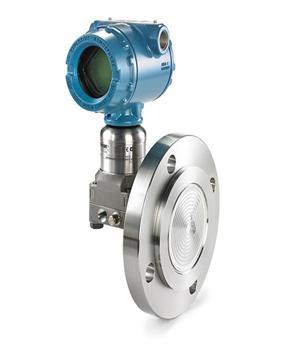
In a number of industrial applications, one of the important elements of process control is to know how much gas or liquid is present in a given container. One needs to ensure the fill levels of a given substance do not overfill. Thus, level measurement transmitters play an important role in monitoring the fill levels of containers, vessels, or tanks. In the next post, we will discuss about the advantages of the aforementioned level transmitters. To know more about these transmitters, you can get in touch with experts.
Related Product Table of Level Transmitters
| Model List | Measurement Type | Brand | Technology | RFQ |
| 3051L | Level | Rosemount | Liquid Level Transmitter | |
| 5300 | Level | Rosemount | Guide Wave Radar Liquid Level | |
| 2051L | Level | Rosemount | Flange-Mounted Liquid Level | |
| 5402 | Level | Rosemount | High Frequency Version (~26GHz) |
Related Posts
- What are the Advantages of Different Types of Level Measurement Transmitters?
- Types of Level Measurement Transmitters & How Do They Work?
- How to Choose Between a Level Transmitter and Level Switch?
- Radar Level Transmitters: Setup and Working Principle
- Radar Level Transmitters: Types & Industrial Applications
- Radar Level Transmitter Vs Ultrasonic Level Transmitter – Know the Real Difference
- Know How Guided Wave Radar Level Transmitters Work
- How to Measure Pressure, Flow, and Level Accurately in Instrumentation Lines?
- Level Monitoring Solutions for Molten Metal Applications
- Steam Boiler Drum Level Measurement A Comparison of Control System Technologies
- Flow Measurement Challenges in Subsea Operations
- Pressure Sensing Sensor Modes of Measurement Key Differences and Benefits
- Electromagnetic Flow Sensors for Abrasive and Corrosive Fluids
- Mass Flow Meters and Their Working Principles
- Best Explosion Proof Switches for Hazardous Environments
- Best Explosion Proof Switches for Hazardous Environments
- Furnace Flame Sensor Faults Everything You Need to Know for Safe Operation
- Pneumatic Pressure Controllers: A Safe Choice for Hazardous Areas
- A Practical Guide to Vacuum Measurement and Operation
- Understanding Electrochemical Detection: Principles, Techniques and Environmental Application
QUICK ENQUIRY
